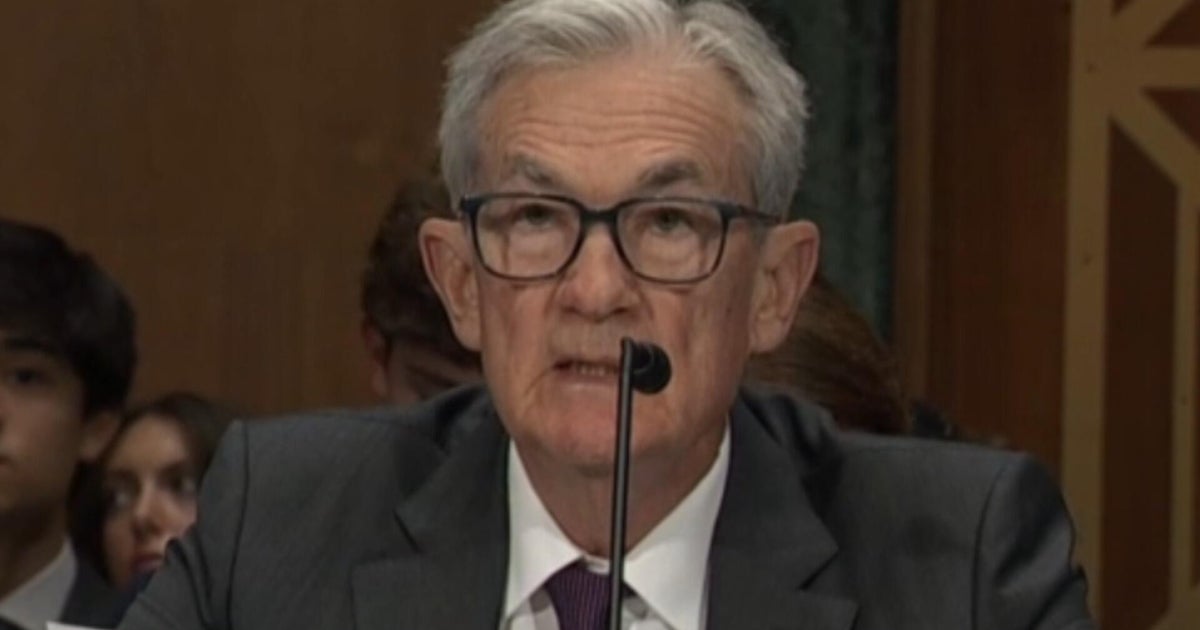Trump-Xi Call Boosts Trade Optimism, Positive China Deal Remarks

President Donald Trump and Chinese President Xi Jinping held a significant phone conversation on Thursday, a discussion initiated by President Trump, aimed at navigating the complexities of the ongoing trade war between their two nations. According to Trump, who shared details in a Truth Social post, the call lasted approximately 90 minutes, focused almost entirely on trade, and "resulted in a very positive conclusion for both Countries." It was agreed that officials from the U.S. and China would meet soon for renewed trade talks.
President Trump announced that Treasury Secretary Scott Bessent, Commerce Secretary Howard Lutnick, and U.S. Trade Representative Jamieson Greer would lead the U.S. delegation in these upcoming negotiations. This initiative follows a previous meeting of trade officials in Geneva in May, where a temporary lowering of retaliatory tariffs was agreed upon. However, tensions have persisted, with the Trump administration accusing Beijing of slow-walking its pledge to approve the export of additional critical minerals, specifically rare earths, to the United States. Following Thursday's call, Trump enigmatically stated, "There should no longer be any questions respecting the complexity of Rare Earth products," without providing further clarification.
The call occurred against a backdrop of already strained trade relations. China has expressed deep frustration with recent U.S. decisions, including new restrictions on Chinese student visas. Beijing has also accused the Trump administration of undermining recent trade progress by issuing an industry warning against using Chinese semiconductors and by imposing additional export restrictions on chips. While the White House maintains these actions are necessary to protect national security, Beijing perceives them as punitive. The broader international context also includes other nations, like Canada, expressing concerns over global trade practices, such as those related to steel tariffs involving China.
News of the Trump-Xi call, first reported by Chinese state media, initially sparked a brief wave of optimism in financial markets, with stock indices like the Dow Jones Industrial Average, S&P 500, and Nasdaq showing momentary gains. However, this optimism quickly faded as the details emerging from the call failed to provide definitive clarity on the path forward for trade negotiations. Consequently, U.S. stock markets stayed mostly flat or experienced slight dips; the Dow Jones Industrial Average and the S&P 500 both edged down by approximately 0.1%, while the tech-heavy Nasdaq Composite hovered near break-even. This cautious market reaction reflected investor uncertainty about whether the relationship between the two economic superpowers, whose trade totaled nearly $600 billion in 2024, was genuinely improving or heading towards further tariff escalations.
Compounding the market's cautious sentiment were worrying signals from U.S. economic data. The Department of Labor reported that jobless claims had surged to an eight-month high in the final full week of May. Furthermore, continuing claims, which measure long-term unemployment, remained near a four-year high. This data raised fresh concerns about the health of the U.S. labor market and suggested that those who had lost jobs were encountering difficulties in securing new employment, potentially reflecting the impact of Trump's shifting trade policies.
The spotlight is now firmly on the forthcoming May jobs report, which is expected to offer the first significant insight into how the U.S. labor market is coping with the heightened uncertainty stemming from the evolving U.S.-China trade relationship. Economists anticipate that this report might show a slowdown in hiring as businesses brace for potential tariffs and supply chain disruptions. A weak jobs report could fuel fears of a broader economic slowdown and potentially pressure the Federal Reserve to consider cutting interest rates sooner than previously expected.
Thursday's conversation was only the second one-on-one call between President Trump and President Xi this year, the prior call having taken place on January 17, before Trump's inauguration. Despite the ongoing trade impasse, Trump mentioned that Xi had invited him and First Lady Melania Trump to visit China, an invitation he reciprocated. However, he also clarified that matters related to Russia, Ukraine, or Iran were not part of their discussion. This call is part of Trump's broader strategy of using steep, unilateral tariffs to recalibrate America's trade relationships, a strategy that saw blanket tariffs on Chinese imports hiked to as high as 145% in April before some moderation following the Geneva talks.
As the corporate earnings season draws to a close, with results from companies like Lululemon and Broadcom still anticipated, investor focus is shifting towards forward-looking guidance. Market participants are keenly watching for indications from businesses regarding global demand, operational costs, and how the pervasive trade uncertainty might affect performance in the second half of the year. For now, the U.S. stock market remains in a holding pattern, navigating a complex mix of weak economic indicators, unpredictable trade diplomacy, and anticipation for crucial economic data. Investors are broadly advised to remain cautious and closely monitor developments from both Washington and Beijing for further signals.










